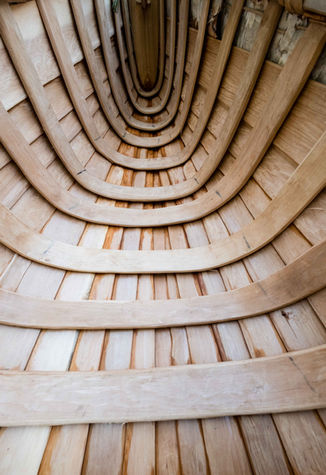
Anishinaabe Culture
The Ely Folk School is located on the homelands of the Anishinaabe people, and within the ceded lands of the Treaty of 1854, where they retain rights to hunt, fish, and gather. Our programs strive to highlight and preserve the art, history, culture, and craft of the Ojibwe people by hosting Anishinaabe instructors and speakers—compensating instructors fairly, taking into account the emotional labor of sharing ancestral knowledge with a majority white audience.
We also recognize other Indigenous peoples lived on and utilized this land before the Ojibwe people including the Dakota, Cree, and other Tribal Nations. We’re deeply grateful for the multitude of ways that the Anishinaabeg have and continue to contribute to collective well-being through sharing of knowledge and time. As a place of lifelong and place-based learning, EFS commits to building and strengthening connections to Anishinaabeg communities, including our neighbors, the Bois Forte Band of Chippewa.
Birch Bark Canoe Project
We respectfully honor the Anishinaabe origin of the birch bark canoe and share its tradition to help preserve and revitalize cultural knowledge. Crafting and paddling birch bark canoes together help connect and empower our diverse communities.
The birch bark canoe has historically played an important role in the lives of Indigenous peoples in all the Tribes living throughout the boreal forest region of North America. Where natural water travel routes and birch trees are found, the birch bark canoe has historically been the preferred vessel of transportation.
In the 1700s and 1800s, Anishinaabe birch bark canoes were enlarged by French, British, and American fur traders for greater cargo-carrying capacity although most of these fur trade canoes were made by Native builders. Clearly, the birch bark canoe is an Indigenous technology of North America that was utilized extensively by European Americans.
Following the Fur Trade came European settlement and colonization of the United States and Canada that created extensive changes in Native lifeways. These changes were forced upon Native peoples through tragic periods of genocide, relocation, and assimilation. The effects have been a significant loss of Native culture, language, and identity. By the mid-1900s, very few Native builders of birch bark canoes remained yet the knowledge was retained and shared through generations and kept alive.
Paddle a Wiigwaasi Jiimaananike (birch bark canoe) at our annual summer events!

























